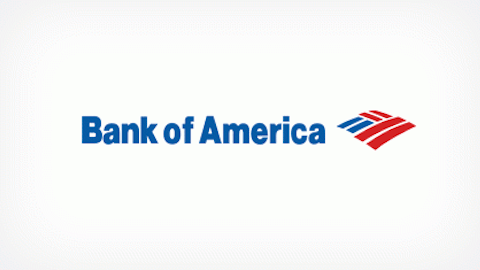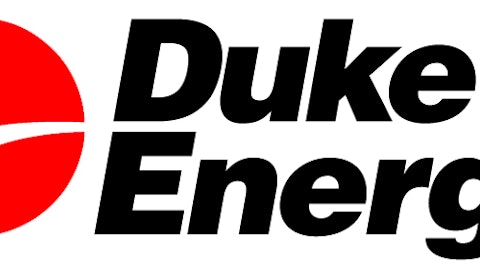The answer lies in the numbers. According to the latest conference call, SolarCity’s solar panel lease arrangements “save our customers 10% to 15% of their electric bill.” These numbers assume a best case scenario. Should a customer’s roof need a repair or a full replacement, the customer has to foot the bill for SolarCity to remove and then reinstall panels. This cost can negate the savings from a lower monthly energy bill.
Furthermore, if customers ever decide to sell their home, they may face a limited market. The SolarCity lease will have to be repaid in full, or passed on to a willing buyer. A third alternative is moving the panels, which again prompts new removal and installation fees.
What SolarCity shares are worth
SolarCity has $1.22 billion in future lease receivables over the next 20 years, thanks to its current installed base. SolarCity earns a $2.7 billion valuation from Wall Street, but if it were simply allowed to runoff today, it would earn only $1.22 billion over the next 20 years. This valuation is irrational. One analyst called it “irrational exuberance,” a tip of the hat to ex-Fed chairman Alan Greenspan.
SolarCity reports its “retained value” or how much the company is worth after all debts are repaid and leases are discounted back to the present at a 6% discount rate. That value rests at $569 million, or one-fifth of the current stock market valuation. This tells investors that in order to generate a 6% return on their investment, investors should pay no more than $569 million for the whole business that is Solar City as it exists today.
(One should also question a 6% discount rate, seeing as the traditional utility sector as measured by the Utilties SPDR (ETF)(NYSEARCA:XLU) composed of mature utility businesses yields 3.8% and offers upside for a total return above 6% per year.)
Twenty years of visibility
Much of SolarCity’s reported “retained value” is questionable. The company reported $305 million in retained value for its current leases. The company also assumes that all of its customers will renew their leases again at 90% of the current $.15 rate per kilowatt after their lease expires. These renewals made up $264 million of the company’s retained value as of the latest quarterly report, or 46% of all retained value.
It seems highly unlikely that homeowners will renew their power purchasing agreements. After 20 years of improvements to solar technology, solar panels in the future should be significantly less costly than they are today. Thus, any reasonable homeowner would instead opt for new solar panels than renew 20-year old technology at a modest 10% discount to today’s price.
Finally, SolarCity’s value creation per invested dollar comes in at a sluggish pace. In the first quarter of 2013, SolarCity deployed $138 million in invested capital, which added $46 million to the retained value of the current lease, and $21 million to highly-speculative renewal retained value. This retained value is inflated by a very low 6% discount rate.
After investing all of its $500 million fund from Goldman Sachs, the company would add $166 million in retained value from new leases and $76 million in renewal retained value. Total retained value at a 6% discount rate should grow by 42% this year. Since investors are paying as much as five times reported retained value, the return is muted to 8.4% for investors willing to overpay for best-case numbers.
Substantial forward risks
Besides the favorable assumptions in the renewal rate for contracts, investors are also forecasting that the cost of financing solar panels will remain at historic lows. Growth can be sustained only if SolarCity can finance installations with low cost capital (how long will rates stay at record lows?) and if favorable tax credits remain in effect in perpetuity. A combination of higher rates or an end to tax credits could make new installations uneconomic.
Most importantly, there is no way to know if more cost-effective solar panels will translate into a more profitable SolarCity. New, more efficient solar panels erode much of the risky renewal retained value.
SolarCity is undoubtedly a risky venture. Given the inherent risks in the model, and favorable reporting of the “retained value” metric, investors would be better off to wait for the industry to mature. Solar panels are the future for many households, so there isn’t much to lose by waiting to see whether investors’ lofty projections play out into the future.
For now, I’m short SolarCity on CAPS. SolarCity has much to prove to justify a $2.7 billion valuation. A lockup expiration on June 10 could help end a short squeeze, should insiders and investors take profits.
The article Is SolarCity’s Run Sustainable? originally appeared on Fool.com.
Jordan Wathen has no position in any stocks mentioned. The Motley Fool recommends Goldman Sachs. Jordan is a member of The Motley Fool Blog Network — entries represent the personal opinion of the blogger and are not formally edited.
Copyright © 1995 – 2013 The Motley Fool, LLC. All rights reserved. The Motley Fool has a disclosure policy.





